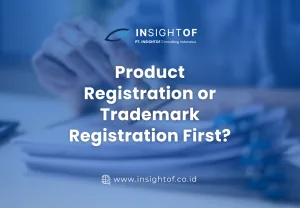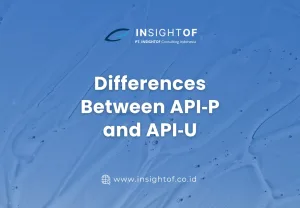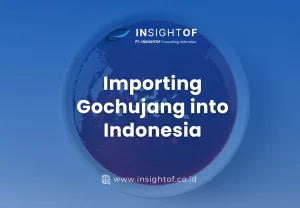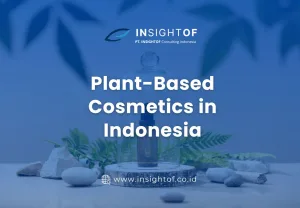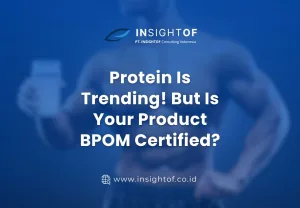In BPOM Regulation Number 12 of 2019 concerning Contamination in Cosmetics, what is meant by Contamination is something that enters cosmetics unintentionally and cannot be avoided which comes from the processing, storage and/or carried from raw materials. There are three types of contaminants contained in hazardous cosmetics, namely:
- Microbial Contamination, namely the presence of microbes in cosmetics that can be detrimental and dangerous to human health, such as total plate counts, mold and yeast counts, Pseudomonas aeruginosa, Staphylococcus aureus, and Candida albicans.
- Heavy Metal Contamination, namely metallic and metalloid chemical elements, has a high atomic weight and specific gravity, and is toxic to living things. To find out heavy metal contamination in cosmetics can only be done through laboratory testing, including using the Atomic Absorption Spectrophotometry (AAS) or Inductively Coupled Plasma (ICP) methods. In the Regulation of the Head of POM Agency Number 17 of 2014, it is explained that the requirements for heavy metal contamination in cosmetics for:
- Mercury (Hg), must not be more than 1 mg/kg or 1 mg/L (1 bpj)
- Lead/Black Lead (Pb), must not be more than 20 mg/kg or 20 mg/L (20 bpj)
- Arsenic (As), must not be more than 5 mg/kg or 5 mg/L (5 bpj)
- Cadmium (Cd), must not be more than 5 mg/kg or 5 mg/L (5 bpj)
- Chemical Contamination, which is a hazardous substance from chemical elements or compounds that can harm and endanger human health, for example 1,4- Dioxane. The content of 1,4-dioxane is known to be carcinogenic if used in the long term.
Contaminant testing must be conducted in laboratories using validated or verified analytical methods. Business operators must ensure that cosmetics produced for domestic distribution and/or imported for distribution in Indonesia meet safety, efficacy, quality, labeling, and claims requirements. Business operators are required to document the testing results in the Product Information Document (PID).
Reference:
Peraturan Badan POM Nomor 12 Tahun 2019
https://notifkos.pom.go.id/upload/informasi/20190923110116.pdf
Peraturan Kepala Badan POM Nomor 17 Tahun 2014


